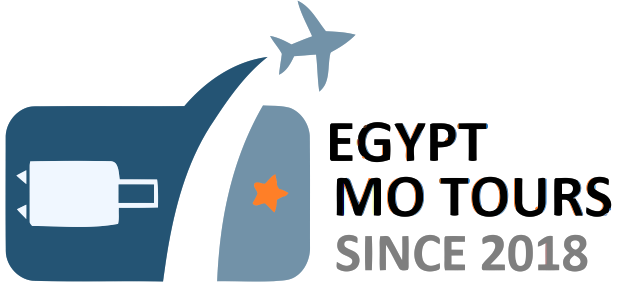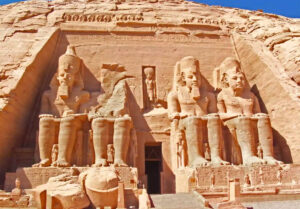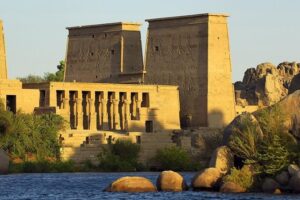King Tutankhamun: The Golden Legacy of the Boy King
A Young Ruler Emerges
King Tutankhamun ruled ancient Egypt as he was 9 years old. He ascended the throne around 1332 BCE. His reign belonged to the Eighteenth Dynasty. This was a fascinating period.
Reversing a Revolution
King Tutankhamun was born Tutankhaten. His father was Akhenaten. Akhenaten started a new religion. He worshipped the Aten. King Tutankhamun changed his name. He honored Amun. This showed a return to old ways. He brought back the old gods.
A Short but Significant Reign
His rule was brief. It lasted about ten years. Yet, he did important work. He restored traditional worship. Temples reopened. Priests regained power. He also began building projects. These projects were smaller. They solidified the religious change.
The Valley of Kings’ Secret
Tutankhamun died young. His death was around age 19. His tomb remained hidden. For centuries, it lay undisturbed. Then, in 1922, a discovery happened. Howard Carter found it. He was a British archaeologist. Lord Carnarvon funded his work.
Unveiling Untold Riches
The tomb was amazing. It was mostly intact. Other tombs were plundered. This one held many treasures. Gold shimmered everywhere. Precious stones gleamed. Chariots, shrines, and statues filled the space. Thousands of artifacts appeared.
The Golden Mask’s Allure
The sarcophagus was a highlight. It held three nested coffins. The innermost was solid gold. Inside lay king Tutankhamun’s mummy. The golden burial mask was exquisite. It became a global icon. It symbolizes ancient Egypt.
Tutmania Sweeps the World
The discovery caused a sensation. People called it “Tutmania.” Ancient Egypt captivated the world. Books, films, and exhibitions followed. The tomb offered rich insights. It showed funerary practices. It revealed religious beliefs. Art styles became clear. Daily life was illuminated.
Mysteries of His Life and Death
Forensic studies occurred. They examined king Tutankhamun’s mummy. They revealed his age at death. He likely died from a broken leg. Malaria may have played a role. Still, many questions remain. His short life holds secrets. His sudden death is debated.
An Enduring Legacy
Tutankhamun remains enigmatic. His fame comes from his tomb. He is linked to spectacular treasures. He symbolizes ancient Egypt’s mystery. His artistic achievements are unparalleled. Millions visit museums. They witness his grandeur. He continues to inspire awe.
The Untold Riches: Inside Tutankhamun’s Tomb

A Remarkable Discovery
Howard Carter found King Tutankhamun’s tomb. He made this discovery in 1922. The tomb was in the Valley of the Kings. It was almost untouched. This was truly exceptional. Most other pharaohs’ tombs had been looted.
The Layout of the Tomb
King Tutankhamun’s tomb (KV62) was relatively small. It had several distinct chambers. These included the Antechamber, the Annex, the Treasury, and the Burial Chamber. Each chamber held countless artifacts. The sheer volume was astonishing.
The Antechamber’s Wonders
The Antechamber was the first room entered. It contained many large objects. Here, Carter found dismantled chariots. They were decorated with gold leaf. He also saw three large gilded couches. These couches had animal-headed designs. Boxes and chests filled the space. They held personal belongings. This room hinted at the wealth within.
The Annex: Daily Life and Games
The Annex was crowded with goods. This chamber held items for daily life. Furniture, linens, and food were present. Wine jars stood in rows. It also contained board games. Senet boards were popular. These were for the pharaoh’s enjoyment.
The Treasury: Guardians and Divine Objects
The Treasury was a smaller room. It guarded precious artifacts. Many statues of deities stood here. The jackal-headed god Anubis was prominent. He protected the canopic shrine. This shrine held Tutankhamun’s mummified organs. It showed exceptional craftsmanship.
The Sacred Burial Chamber
The Burial Chamber lay at the tomb’s heart. It was painted with vibrant scenes. These depicted Tutankhamun’s journey to the afterlife. A massive golden shrine dominated the room. It covered the pharaoh’s sarcophagus. This shrine was incredibly ornate.
The Sarcophagus and Coffins
Inside the golden shrine was a quartzite sarcophagus. This massive stone coffin contained three nested coffins. The outer two were gilded wood. They sparkled with inlaid glass and stones. The innermost coffin was solid gold. It weighed over 110 kilograms. This held Tutankhamun’s mummy.
The Iconic Golden Mask of King Tutankhamun
The most famous artifact covered the mummy’s head. This was Tutankhamun’s golden death mask. It is a masterpiece of art. It features lapis lazuli and quartz. The mask became a symbol of ancient Egypt. It protected the pharaoh’s identity in the afterlife.
Other Notable Artifacts
Many other unique items were found. Two daggers lay with the mummy. One had a blade made of iron. This iron was from a meteorite. This was a rare material. Several golden sandals were also present. These were for his journey. Countless pieces of jewelry dazzled. Rings, bracelets, and amulets abounded. These all served magical purposes.
Significance of the Finds
The tomb’s contents were immense. They provided unparalleled insight. Scholars learned about royal funerary practices. They understood ancient Egyptian beliefs better. The artifacts showcased extraordinary artistry. They revealed details of New Kingdom life. Tutankhamun’s tomb was a time capsule. It continues to amaze and inform.
Visiting Egypt? . Check Egypt’s weather before you go. Here is the best Egypt Tour Package.











